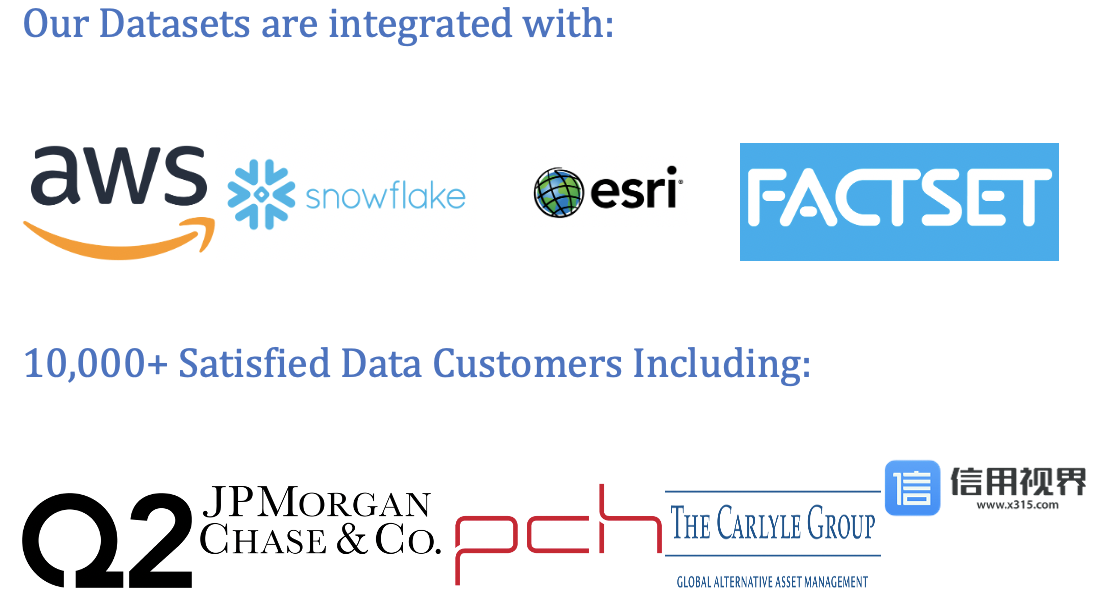
Top Web Browsing Data Providers
Understanding Web Browsing Data
Web Browsing Data offers valuable insights into how users navigate the web, interact with online content, and consume digital information. It includes data on user sessions, page views, click-through rates, conversion paths, exit pages, and referral sources, captured through web analytics tools, browser cookies, and server logs. By analyzing Web Browsing Data, website owners can identify popular content, track user journeys, measure website traffic, and optimize website design and content strategy to enhance user experiences and achieve business objectives.
Components of Web Browsing Data
Key components of Web Browsing Data include:
- Browsing History: Records of web pages visited by users, stored in browser history logs or browsing session data, providing insights into users' online activities and interests.
- Search Queries: Keywords and phrases entered by users into search engines, indicating user intent, information needs, and topics of interest.
- Clickstream Data: Sequences of user clicks and navigation paths within websites, showing user engagement patterns, conversion funnels, and browsing behavior.
- Browser Settings: Preferences and configurations set by users within web browsers, such as language preferences, font sizes, cookie settings, and privacy preferences.
- Device Information: Details about users' devices, including device types, operating systems, screen resolutions, and browser versions, influencing website compatibility and user experiences.
Top Web Browsing Data Providers
- Leadniaga : Leadniaga offers advanced analytics solutions for Web Browsing Data, providing website owners, marketers, and analysts with actionable insights into user behavior, website performance, and online engagement metrics. Their platform integrates Web Browsing Data from various sources to deliver comprehensive analytics and optimization recommendations.
- Google Analytics: Google Analytics is a widely used web analytics service offered by Google, providing website owners with detailed statistics and reports on website traffic, user behavior, and conversion tracking. It offers a range of features, including audience segmentation, goal tracking, e-commerce tracking, and real-time analytics.
- Adobe Analytics: Adobe Analytics is an enterprise-level analytics platform that offers advanced capabilities for tracking and analyzing Web Browsing Data. It provides insights into customer journeys, audience segmentation, marketing attribution, and cross-channel analytics to optimize digital experiences and drive business growth.
- Heap Analytics: Heap Analytics is a user-friendly analytics platform that automatically captures and tracks user interactions across websites and digital touchpoints. It offers features such as event tracking, funnel analysis, cohort analysis, and behavioral segmentation to understand user behavior and optimize user experiences.
- Mixpanel: Mixpanel is a product analytics platform that helps businesses analyze user behavior, track product usage, and optimize user experiences. It offers event-based analytics, user segmentation, A/B testing, and retention analysis to drive product innovation and customer engagement.
Importance of Web Browsing Data
Web Browsing Data is crucial for stakeholders in the following ways:
- User Engagement: Provides insights into user engagement metrics, such as page views, session duration, and bounce rates, helping website owners understand user preferences and behavior to optimize content and design.
- Marketing Effectiveness: Enables marketers to track campaign performance, measure conversion rates, and analyze user acquisition channels to optimize marketing strategies and allocate resources effectively.
- Website Optimization: Guides website owners in identifying performance issues, improving website usability, and enhancing user experiences to increase customer satisfaction and retention.
- Personalization: Supports personalized marketing efforts, content recommendations, and targeted advertising based on user interests, preferences, and browsing history to deliver relevant and timely messaging.
Applications of Web Browsing Data
Web Browsing Data finds application in various contexts, including:
- Content Personalization: Enables content publishers and e-commerce platforms to deliver personalized recommendations, product suggestions, and targeted promotions based on user browsing history and preferences.
- Conversion Rate Optimization (CRO): Helps businesses optimize conversion funnels, identify conversion barriers, and implement A/B testing strategies to improve website conversions and maximize ROI.
- Search Engine Optimization (SEO): Guides SEO specialists in keyword research, on-page optimization, and link building strategies to improve search engine rankings, organic traffic, and website visibility.
- User Experience Design: Informs UX/UI designers in designing intuitive interfaces, optimizing navigation structures, and creating user-centered designs to enhance website usability and accessibility.
Conclusion
In conclusion, Web Browsing Data provides valuable insights into user behavior, website performance, and online engagement metrics, empowering businesses to optimize digital experiences, drive conversions, and achieve their marketing objectives. With top providers like Leadniaga and others offering advanced analytics solutions, stakeholders can leverage Web Browsing Data to gain actionable insights, make data-driven decisions, and enhance their online presence in today's competitive digital landscape. By analyzing Web Browsing Data comprehensively, businesses can improve website usability, increase customer engagement, and ultimately drive business growth and success.
Our Datasets are integrated with :



10,000+ Satisfied Data Customers including :








